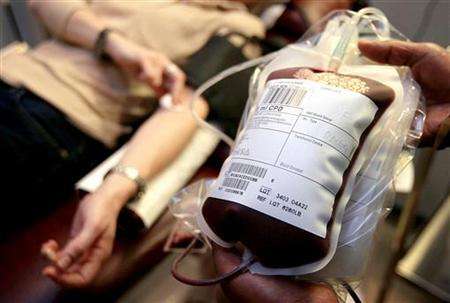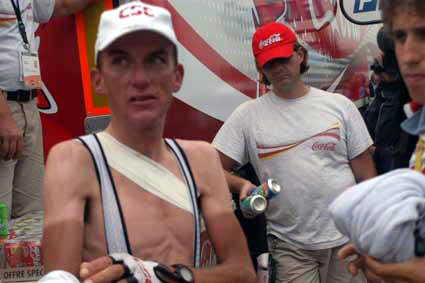Exercise
as Life Lesson: 3 Essential Pieces
You heard it before.
“No pain, no gain.”
“That which does not kill me makes
me stronger.”
My phrasing would go as
follows:
To increase his
strength, a man must push against an opposing force.
So, how does exercise
work, and why do we do it?
Exercise comes down to
three things: (1) Stress, (2) Damage, and (3) Recovery
Stress
You push your muscles
beyond what they are optimized for. If
it is not stressful, you are wasting your time.
Damage
You body gets
micro-injuries during and after the workout.
Muscles get micro-tears and micro-injuries.
Recovery
The point of recovery is to build back the muscle stronger than it was
before the workout began. We call this improvement.
The finest athletes
competing at the highest level have very fast recovery times, which allow them
to begin the next workout sooner, and, thus, get more fit than we mere mortals.
What is the problem most
people have who workout? Recovery. Some of us who do hard workouts for more than
45 minutes need to pay close attention to recovery. If you workout for more than an hour, it is
even more important.
What often happens from a
bad recovery?
- Sore muscles
- Hunger cravings for bad food (potato chips, cookies, cakes, etc)
- Headache
- Fatigue
- Lethargy
- Mental slowness
- Next-day despondency
What to think about for
improved recovery:
- Get at least 8 hours of sleep – you are not going to improve with only 6 hours.
- Adequate fluid intake – measure your water consumption in milliliters with a measuring cup.
- Eating before the workout – you body needs fuel! (Try Amino Energy)
- Increase your workload by no more than 20% from previous week – do not over-challenge yourself just to prove you are a “badass.”
- After a high intensity workout (1 hour + or HIIT) you must replace your muscles’ depleted stores of glycogen. Eat a banana or some chocolate milk if you do not have a formal plan from an established source like Chris Carmichael or Joe Friel.
Suggested Resources
///////////////////////////////////////
Freddy Martini









